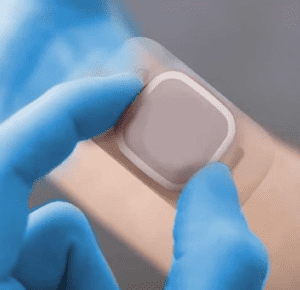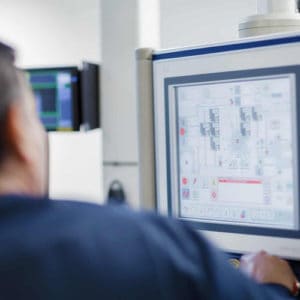Medical device manufacturing is a complex and highly regulated industry that requires collaboration and coordination between multiple stakeholders, including manufacturers, converters, suppliers, and regulatory agencies to name a few. One of the key challenges faced by medical device manufacturers is working with multiple vendors to produce high-quality, safe, and effective products/components. Identifying a converter or contract manufacturer that becomes a single source for all outsourced operations is difficult, but not impossible. PolarSeal explores the complexities and efficiencies that come with working with multiple vendors in medical device manufacturing.
Complexities
Coordination and communication: Working with multiple vendors can be challenging as it requires effective communication and coordination between all parties involved. Each vendor may have its own processes, timelines, and quality standards, which can make it difficult to ensure that everyone is working together effectively. A break in communication can affect lead times, incorrect information, delivery failure and so much more.
Regulatory compliance: Medical device manufacturing is subject to strict regulations, and it’s important that all parties involved comply with these regulations. When working with multiple vendors, it can be difficult to ensure that everyone is adhering to the same standards and requirements, which can impact the overall quality of the product. With the transition from MDD to MDR to be completed by 2024, validation guidelines and protocols need to be of the highest priority as failure could result in vital business running’s shut down.
Quality control: Maintaining consistent quality control can be difficult when working with multiple vendors, as each vendor may have its own methods for quality control and testing. This can result in inconsistencies and variations in product quality, which can impact the overall effectiveness and safety of the medical device.
Intellectual property: It’s important to ensure that each vendor’s intellectual property is protected. This can be challenging, as it requires clear agreements and contracts between all parties involved.
Efficiencies
Despite the complexities involved in working with multiple vendors, there are also many efficiencies that can be achieved through this approach and by following these steps, a medical device manufacturer can work harmoniously with multiple vendors to bring their product to market effectively and efficiently:
Cost savings – Medical device manufacturers can access a wider range of expertise and resources, which can help reduce costs and improve efficiency. This can be especially beneficial for smaller manufacturers that don’t have the same resources as larger companies.
Speed and agility – Multiple service can enable medical device manufacturers to quickly and effectively access the resources they need to bring new products to market. This can help speed up the development process and get new products to patients more quickly.
Improved quality – Several vendors bring a range of expertise and resources, which can help improve the quality of the products they produce. This can help ensure that patients receive safe, effective, and reliable medical devices.
A multiple vendor approach comes with huge benefits and by carefully managing the process, ensuring expectations are set and strong communication channels established, medical device manufacturers can access the resources they need to produce high-quality, safe, and effective products, while reducing costs and improving speed to market. Medical device manufacturers should make informed decisions about the vendors they work with, for a medical device manufacturer to work harmoniously with multiple vendors, several key steps can be taken to ensure a successful collaboration:
Clearly define expectations
Foster open communication
Implement a project management system
Ensure regulatory compliance
Maintain quality control
Establish clear contracts and agreements
By fostering collaboration and open communication, medical device manufacturers can ensure that they have access to the resources they need to produce high-quality, safe, and effective medical devices.







